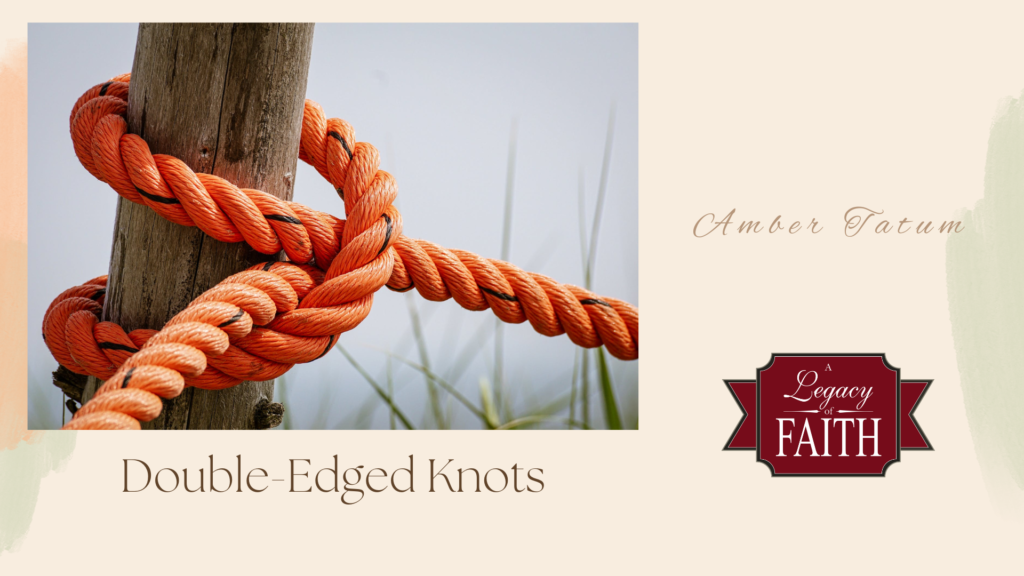Double-Edged Knots
Some knots are necessary. If you want to keep your boat at the dock, you need to tie a sturdy knot. On the other hand, some knots are annoying. Knots in your hair or a favorite necklace can make you run late.
This type of knot isn’t the only one that can make a big difference based on where it is found. Sunday in Bible class, Michael Grooms, our preacher, pointed out that shifting a couple of “nots” in the Bible makes a big difference in eternity.
In Genesis 2, God clearly told Adam that if he ate of the tree of knowledge of good and evil he would “surely die” (verse 17). Just one chapter later, Satan quotes God but adds a “not,” totally changing the meaning. He lies to Eve in saying “You will not surely die” (3:4).
Perhaps, the father of lies, added this “not” by stealing it from a verse or two in the New Testament. There are many in this world today who believe they are saved by faith alone. However, that is directly opposed to what is said in James 2:24: “You see that a person is justified by works and not by faith alone.” Maybe this is where Satan stole the “not.”
Apparently, Satan is not above placing in some extra “nots” as well. Many are quick to tell people that baptism does not save you. Again, adding that one small word completely changes what God’s word says. 1 Peter 3:21 reads, “Baptism, which corresponds to this, now saves you, not as a removal of dirt from the body but as an appeal to God for a good conscience, through the resurrection of Jesus Christ.”
Finding a knot in the wrong place can be annoying or even painful. However, appropriately placed, a knot can save the day – especially if it is how you are hanging on the end of your rope! How ironic, and eternally significant, that the same can be said for the “nots” in Scripture.
Receive Every Post For Free Via Email
AUTHOR: Amber Tatum
